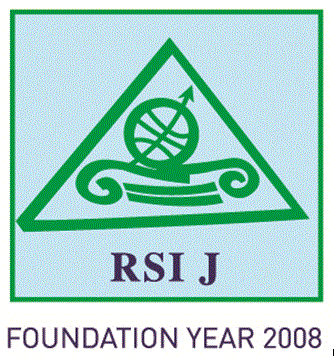Nexhdet SHALA
Professor, Faculty of Agribusiness, Haxhi Zeka University, Peja, Republic of Kosovo
nexhdet.shala@unhz.eu
Ibrahim HOXHA
Associate Professor, Faculty of Agribusiness, Haxhi Zeka University, Peja, Republic of Kosovo
ibrahim.hoxha@unhz.eu
(Corresponding Author)
Abstract
The aim of the paper was to determine the influence of temperature and different amounts of sodium hydrogen carbonate on the texture and color of tea cakes obtained under laboratory conditions. Each mix varied according to the amount of sodium bicarbonate added, the granulation of the sugar, or the baking temperature. Product texture was analyzed daily using a texture analyzer and color was measured using a Minolta Chroma meter. After baking the tested samples, measurements were made of the length and height of the tea cakes, as well as the dynamics of changes in water activity and moisture content during baking. The results of texture analysis showed that an increased percentage of sodium bicarbonate decreases the strength of tea cakes, while at higher temperatures, strength and brittleness increase. In terms of color, the results showed that comparing the total color change of tea paste obtained from different blends and roasted at different temperatures, the least color change in most cases was the blend with the lowest percentage of sodium hydrogen carbonate.
Keywords: tea paste, texture, color, temperature, sodium bicarbonate
JEL classification:
pp. 77-91
